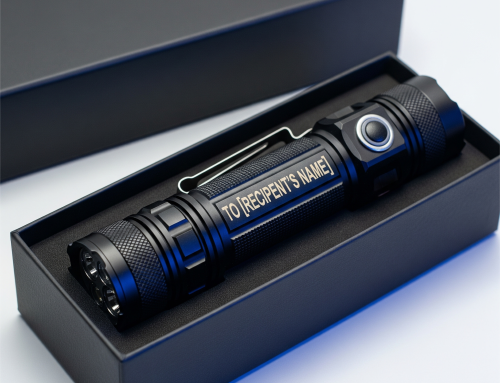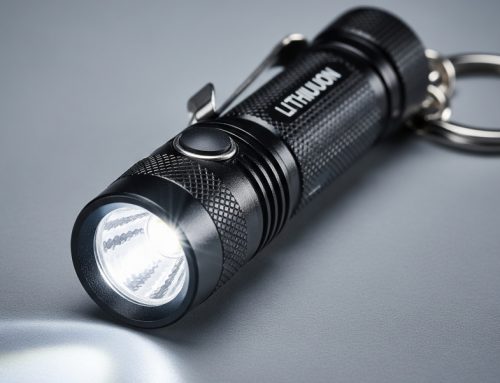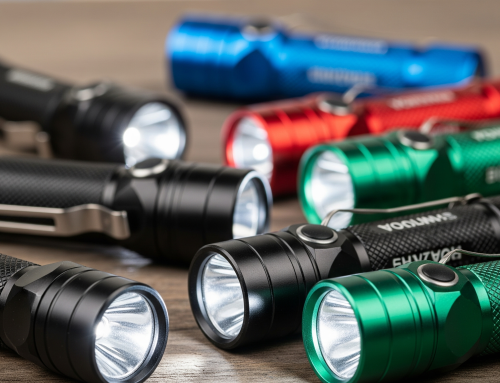Flashlight Performance Specifications
As with anything you buy, there are certain performance indicators to look for. With cars, you look at horsepower, gas mileage, towing capacity, etc. There isn’t necessarily a best/worst or right/wrong for these specifications, it simply comes down to what you need and prefer as a user. Flashlights are much the same way. There are anywhere between 4-6 specifications you’ll see when looking for lights. They aren’t necessarily better or worse, just different depending on what your needs are.
There is actually a standard for flashlight performance. It was published in 2009 by the American National Standards Institute and is called the Flashlight Basic Performance Standard (or “FL1 Standard” for short). The FL1 Standard outlines four categories of flashlight performance. The categories are as follows:
Beam Distance (meters): Technically, this is how far the light will shine before the brightness diminishes to the equivalent of the light from a full moon, because full moon illumination is considered adequate for safe and careful travel outdoors. Having said that, a full moon is not actually that much light, so keep that in mind. When evaluating your needs, as with any of these indicators, think about how you’ll be using the flashlight. If you need to illuminate an object from a distance, this is the measurement to focus on. For camping or outdoors use, you may want a longer beam distance than for household use.
Peak Beam Intensity (candelas): The candela is a unit of luminous intensity — in other words, a measure of a flashlight’s brightness. One candela is roughly the equivalent of the brightness of a single candle from a foot away. This can be hard to interpret, because perceived brightness is non-linear — meaning that twice the candelas (abbreviated “cd”) is not twice the brightness. When comparing lights, keep in mind that twice the brightness will actually be about four times the candelas. You may still see the term “candlepower” (or “candle power”) in places, but it’s been deemed obsolete and was officially replaced by the term “candela” over 60 years ago. ?Another way to think about intensity is that this is how focused the light is. If light is more focused/concentrated, it will naturally be brighter. Now, what to do with this information? Again, you must think about use. If using in a garage at night, you won’t need a high intensity. Generally speaking, for work at close range, you don’t need a focused light, you just need light, period. In these instances, look more at lumens (below). If you need a focused beam, say for spotlight use or outdoors use, this measurement of intensity is what to look at.
Run Time (hours/minutes): This is simply how long it takes the light output to drop to 10% of the initial output on new batteries, rounded to the nearest quarter-hour.
Light Output (lumens): A unit of measure of the light’s total output. This measurement can be anywhere from 1 lumen (keychain lights) to multiple thousands (search lights). This is different than beam distance or intensity in that it simply measures how much light is being emitted out of the lens, whereas intensity measures the brightness of a beam at its most intense point. A flood light could have 1,000 lumens, but the light would spread widely over a given area, meaning less intensity. A throw bream could also have 1,000 lumens, but be narrowly focused into a one-foot area. Therefore the throw beam would have a much higher candela reading. Another example of lumens versus intensity that can help make the distinction more clear is a laser. It has incredibly low total output (lumens) but it has incredibly high intensity (candelas) because it’s so focused. Keep in mind that the higher the lumens, the shorter the run time, in most cases. The lumens number is generally the first thing that people look at when buying flashlights. It’s sort of the base performance number. Once you determine how much light you’ll need, then you can get into the specifics of distance and intensity.




